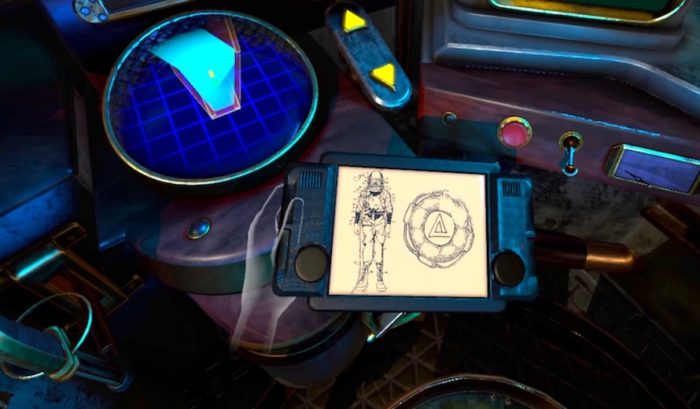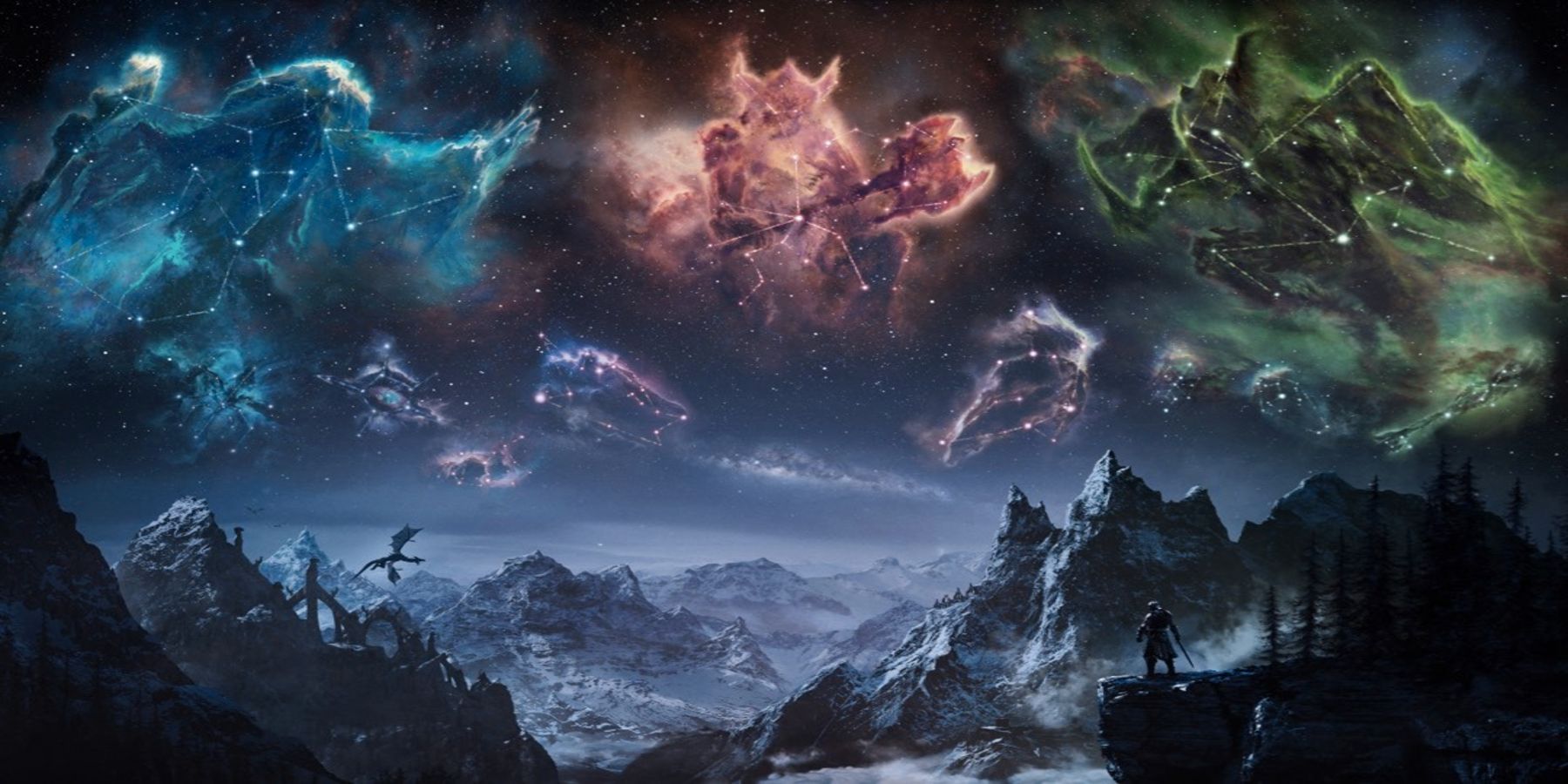
The Elder Scrolls takes its name from the Elder Scrolls themselves, an in-universe series of ancient texts which contain information about the past, present, and future of Tamriel. The scrolls are far more than simple prophesies, however. They contain many different versions of events, with each viewing showing the reader just one possible reality.
The scrolls play a unique part in the lore of The Elder Scrolls as a series, but they also play a very interesting role in the context of the games as RPGs. Here’s the story behind the Elder Scrolls, and why one of the strangest parts of the lore might deserve its place in each game’s title despite the scrolls themselves often seeming like arbitrary artifacts of power in the series' stories.
RELATED: How Playing an Argonian in The Elder Scrolls 6 Will Likely Differ From Skyrim
What Is An Elder Scroll?
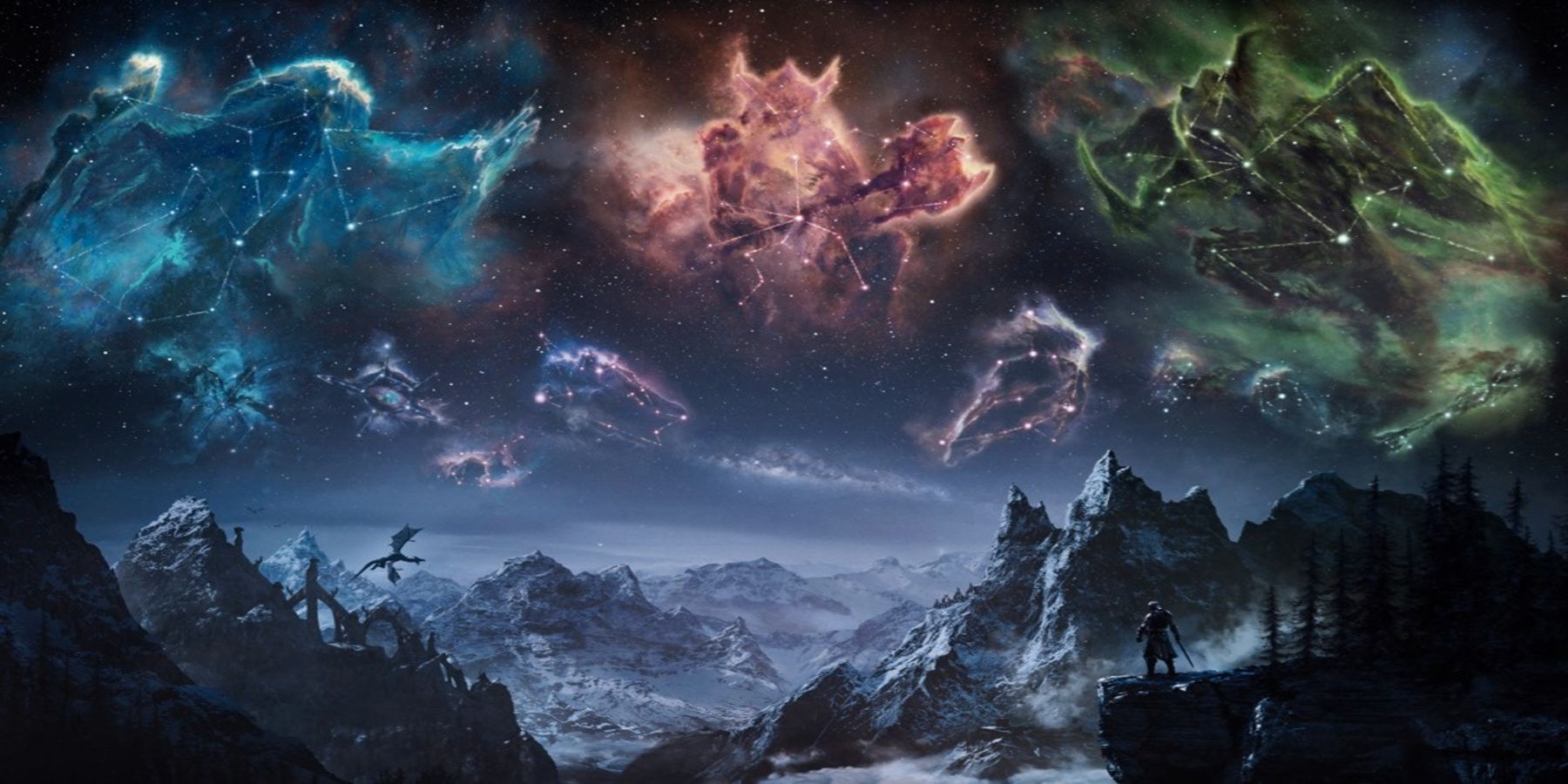
The origin of the Elder Scrolls is never explained in the games. Although occasional references to them as “aedric prophecies” might suggest divine origins, the in-game book Pension of the Ancestor Moth claims that “these writings exceed even the gods, both aedra and daedra.” In Skyrim, Paarthurnax says that the scrolls are “fragments of creation.” This supports the idea that the Elder Scrolls are fundamentally connected to the creation of the games’ universe rather than being created by beings within that reality.
Orc mage Urag gro-Shub, who can be found at the College of Winterhold, makes an attempt at summarizing the workings of an Elder Scroll. “It’s a reflection of all possible futures and all possible pasts,” he explains. “Each reader sees different reflections through different lenses, and may come away with a different reading. But at the same time, all of it is true. Even the falsehoods.”
In the lore, the Cult of the Ancestor Moth is the main order able to read the Elder Scrolls, and its members believe they have a duty to do so even at the cost of their own sight. During the events of Oblivion, the Cult of the Ancestor Moth kept 273 Elder Scrolls in their library, though by the time Skyrim takes place many of the Elder Scrolls have been spread out over Tamriel.
Reading an Elder Scroll without proper preparation or the use of a machine like the Dwemer Lexicon seen in Skyrim can lead to blindness and insanity. In terms of their function in the games, they’re largely magical MacGuffins. Their exact purpose generally changes to fit their function in that specific story. In Skyrim, for example, an Elder Scroll is used to look back in time and learn the Dragonrend shout needed to force Alduin to land. On the meta-level, however, their role is far more interesting.
RELATED: The Elder Scrolls 6 Needs to Take One Cue From D&D
The Weirdest Elder Scrolls Lore
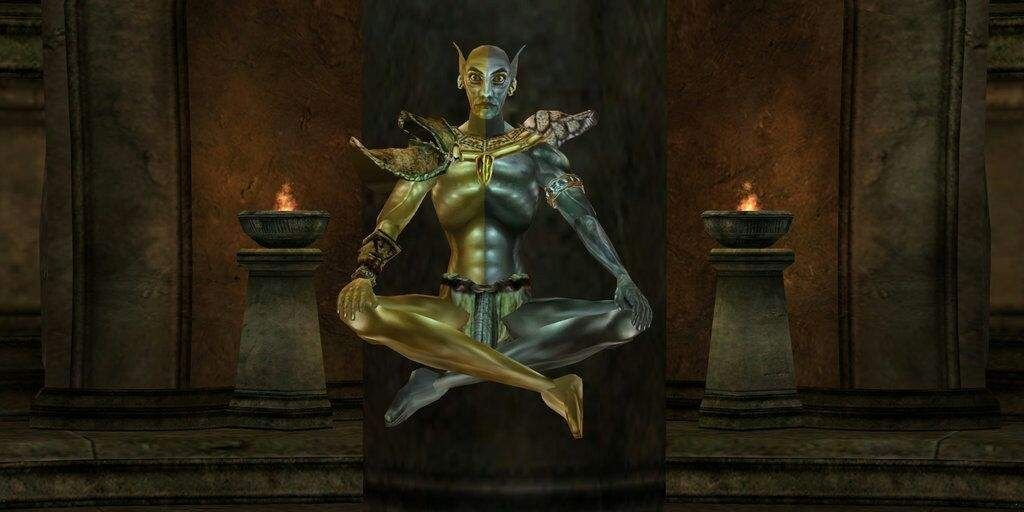
The Elder Scrolls raise some huge questions about the series’ universe. Their origins are unclear, the extent of their power is vague, the multiple true realities they portray don’t make much sense, and just how central they are to each Elder Scrolls game's plot seems to change with every installment.
The fact that the Elder Scrolls are incomprehensible through conventional means has certainly helped Bethesda keep their plot uses broad. Despite this, there may still good reasons for Bethesda’s famous open-world RPG series to take its name from the scrolls.
The origin of the Elder Scrolls themselves may be unknown, but they certainly fit into The Elder Scrolls' strangest metaphysical lore. Bethesda has gone out of its way to create a reality that is extremely fluid, and which allows every played experience of each of the games to seem equally valid.
CHIM, for example, is an enlightenment-like concept in the Elder Scrolls universe which allows individuals like Tiber Septim and Vivec to achieve godlike powers. This has been used to explain retcons, such as Talos retroactively transforming Cyrodiil from a jungle into a temperate landscape.
Similarly, there’s the concept of Dragon Breaks. Dragon Breaks are a temporal phenomenon where multiple possible events play out at once before reconciling into a single consistent timeline. The main example in the series is the Warp in the West, which made every ending choice in Daggerfall canon to some degree. Like CHIM, Dragon Breaks play an interesting functional role, allowing the series to move forward with a consistent world without establishing the decisions players made in previous games or asking players to import their past choices.
The Elder Scrolls And RPG Storytelling
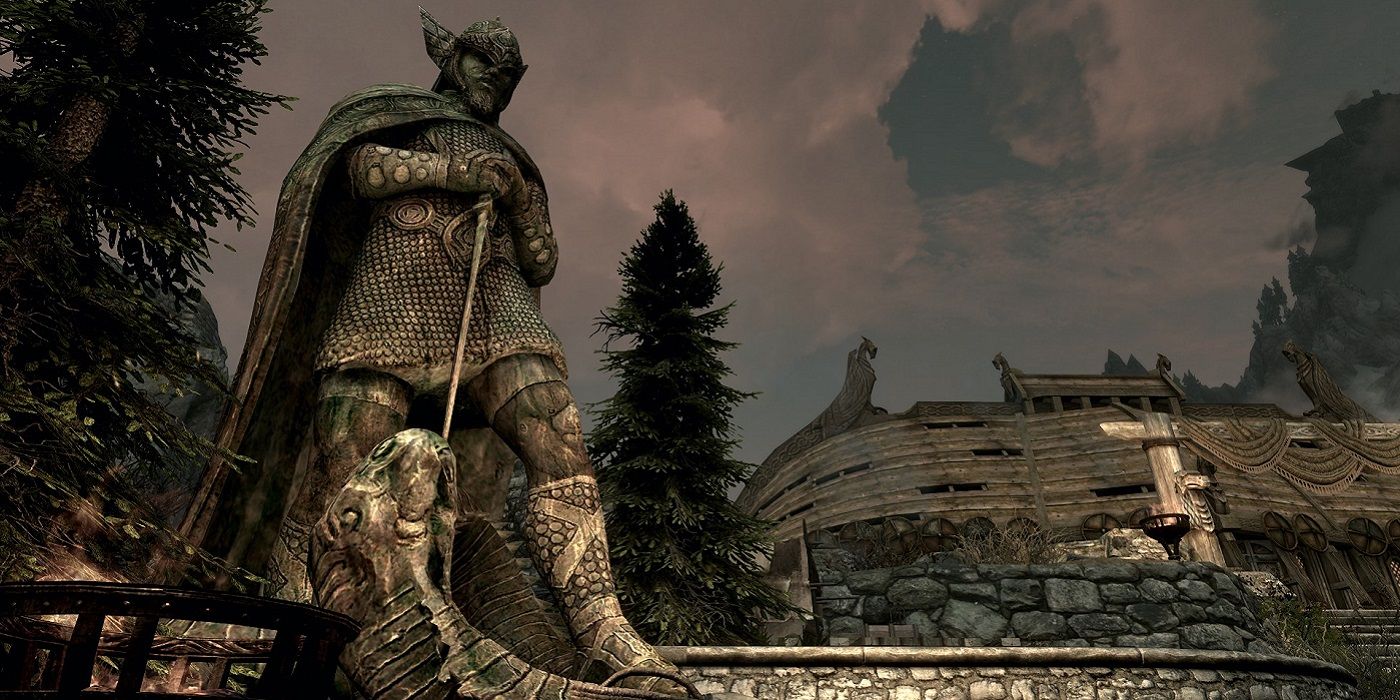
The Elder Scrolls serve a flexible function in terms of the individual stories of each game, but they’re also an interesting way of viewing the series’ entire universe. In many ways the descriptions of viewing the scrolls are similar to descriptions of playing an Elder Scrolls game. Each playthrough shows a different version of the same rough events, and each one is equally true – and as Urag gro-Shub’s comments remind players, equally fictional.
This might explain why the origin of the scrolls is so obscure, and why they are associated with the very creation of the series’ entire reality. The Elder Scrolls formula is all about freedom. Players are given the freedom to be almost anyone they want without having a predetermined backstory. They’re free to explore the world and find their own story within it. The Elder Scrolls themselves are a reflection of that flexible reality.
The series gives players an opportunity to peek into an alternate world, one which has no clear-cut canon. It’s no surprise that reading an Elder Scroll can lead characters like Septimus Signus to go insane – in many ways, the true knowledge of the scrolls is the knowledge that the characters exist inside a game.
It’s not like The Elder Scrolls series' final entry will end with a slow zoom out to an Ancestor Moth cultist closing an Elder Scroll St. Elsewhere-style. Even still, the scrolls' strange role in the games’ universe is reflective of the way the series plays with its metaphysical lore as an exploration of its own medium, and what it means to let The Elder Scrolls fans discover endless permutations of the same stories in the worlds Bethesda creates.
MORE: Skyrim Doesn't Need Another Major Update, But It's Still Welcome

